Travel Scholarships
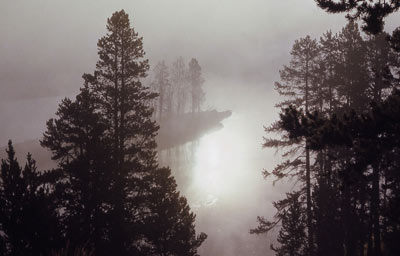
The University annually offers up to ten Travel Scholarships, of a value not normally exceeding £400 each, for undergraduate students in the second year of their course. These awards are designed to assist students to travel, during the Easter or Long Vacation immediately following the receipt of the award. The journey should relate to the applicant's area of study, but at the same time should not represent an integral or required part of a particular course. Applications, which must include an indication of the specific purpose for which the award is sought, should be submitted to the Academic Registrar in accordance with the conditions described in the notices publicising the competition. These notices are usually made available in the Autumn term.
Additional grants, for travel to ancient sites, are offered annually from the Sheila Spire Fund. These awards are open to first- and second-year students, and are advertised alongside the Travelling Scholarships. Proposed projests need not relate to a student's course of study, but successful applicants must be able to demonstrate that the travel has a serious academic purpose.
The following travel reports are from American Studies students who have successfully applied for scholarship money:
Vanessa Akingbule (Travel Scholarship): New Orleans, Louisiana, Summer 2007
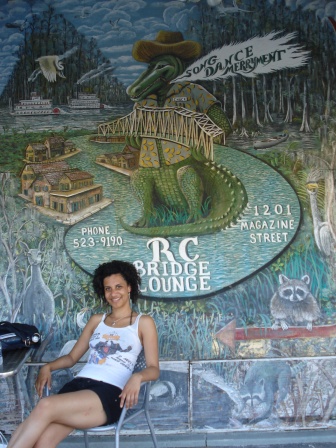 With my travel scholarship I was able to visit New Orleans to research the history of jazz and blues. I also gained a valuable comparison of Southern cities as I was en route to the University of Miami, where I was due to spend my year studying abroad.
With my travel scholarship I was able to visit New Orleans to research the history of jazz and blues. I also gained a valuable comparison of Southern cities as I was en route to the University of Miami, where I was due to spend my year studying abroad.
I was struck immediately by the Southern hospitality that prevails in New Orleans. The heat was very difficult to adjust to; I’d never experienced extreme hot weather in my adult life since I left Africa when I was two. Daily the temperature would exceed 110F/43C – there was no breeze and the humidity was inescapable.
I was very lucky to arrive in New Orleans on the weekend of the Satchmo Summer Festival: a 3-day celebration of Louis Armstrong. The city exuded an astounding air of pride over its ties to jazz and blues and around the French Quarter street performances of the highest calibre were found on every corner. The festival itself comprised of 3 stages in showcasing New Orleans’ finest jazz, blues and brass bands.
The hostel where I stayed was situated across the road from the church in which Armstrong was baptised. However since the floods caused by Hurricane Katrina had swamped the city the church had been disused. Every museum had an exhibition displaying the impact of Katrina and the floods; at the Louisiana State Museum an exhibit ‘After the Storms’ displayed photography capturing images of the damage and people’s attempts to recover their lives in the most badly hit districts. The New Orleans Museum of Art featured an equally poignant display of artwork produced by children who were still living with thousands of families in FEMA trailer parks just outside New Orleans. The ongoing theme of Katrina’s destruction distracted from my focus on jazz and blues as I could never have expected the lasting effect to have been so severe.
I am very grateful for the travel scholarship. The experience itself was eye-opening and unforgettable.
Amy Turner (Travel Scholarship): San Francisco, Summer 2006
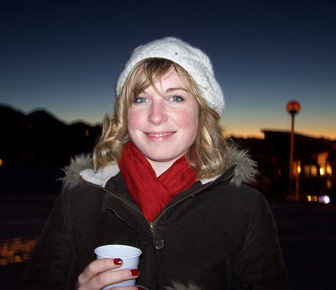 I used my University of Leicester Travel Scholarship for a 7-day visit to San Francisco in early August 2006 in order to research modern American art. During this trip I visited various art institutes, including De Young Museum, the Asian Art Museum, the San Francisco Museum of Modern Art and San Francisco Art Institute. In the process, I saw exhibitions on Asian art and Hispanic art, alongside long-running exhibitions dealing with racial conflict and political propaganda.
I used my University of Leicester Travel Scholarship for a 7-day visit to San Francisco in early August 2006 in order to research modern American art. During this trip I visited various art institutes, including De Young Museum, the Asian Art Museum, the San Francisco Museum of Modern Art and San Francisco Art Institute. In the process, I saw exhibitions on Asian art and Hispanic art, alongside long-running exhibitions dealing with racial conflict and political propaganda.
My reason for choosing San Francisco for my area of research was in preparation for my American Studies dissertation. I plan to write my dissertation on a comparison of three major American art centres – San Francisco, Chicago and New York City – particularly how each city is represented by its ethnic artists. San Francisco was my first stop in gathering primary sources; the trip helped me to realise the place of Asian and Hispanic artists in the city. San Francisco has a strong Hispanic presence and I was fortunate enough to visit the ‘Chicano!’ exhibit in the De Young Museum, which was of great value to my research. My other real gain was being able to see the street art in the Mission, a Mexican district of the city.
Due to the wide variety of art museums and galleries in San Francisco I feel that my research is up-to-date and relevant to my topic, and it will provide interesting comparison with the art of Chicago and New York City. During my trip I was able to see some of the famous San Francisco sights, including the Golden Gate Bridge, Pier 39 and Union Square. The travel scholarship meant that not only was I able to perform very beneficial research for my dissertation, but I also experienced one of the greatest of American cities.
Ben Goose (Sheila Spire Travel Scholarship): African Burial Ground, New York City, Summer 2006
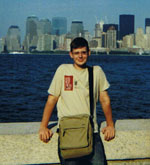 One of the major influencing factors in my decision to read American Studies at the University of Leicester was my long held interest in the history of slavery. Having come from the hometown of a leading abolitionist, Thomas Clarkson, in Wisbech, Cambridgeshire, I have studied the subject from a young age. It was perhaps these driving forces that led me to apply for a University travel scholarship to investigate the African Burial Ground in New York City.
One of the major influencing factors in my decision to read American Studies at the University of Leicester was my long held interest in the history of slavery. Having come from the hometown of a leading abolitionist, Thomas Clarkson, in Wisbech, Cambridgeshire, I have studied the subject from a young age. It was perhaps these driving forces that led me to apply for a University travel scholarship to investigate the African Burial Ground in New York City.
I have often found that the history of African Americans concentrates on the South, so when I began my search for a place of historical significance which involved slavery I did not expect to find this burial ground in the heart of Manhattan. The story of the African Burial Ground was more extraordinary than I could every have expected, especially because of its location. Surrounded by towering skyscrapers in Manhattan, it is a short walk from Ground Zero, Wall Street and City Hall. It covers an area of approximately six acres on a plot now north of Wall Street. Architects predict that around 20,000 Africans and African Americans were buried there by 1794. It seems almost impossible therefore how this site could have been forgotten for 200 years and only re-discovered in 1991.
The African Burial Ground’s discovery appears to have awakened New York to its history generally, but especially involving slavery. There has been a large surge in African American art influenced by the burial ground, which I was also able to view on the trip in a new permanent exhibition at the New York Historical Society called ‘Slavery in New York’. This is evidence of the far-reaching effects the burial ground has had and will continue to have.
I feel that the trip was the most important learning experience I have ever had not only because of the subject, but because I was able to see first-hand what happens when such a brilliant discovery is made and to feel how inspiring it is to see a community and a country influenced by it.
Rachael Cornes (Travel Scholarship): Santiago de Cuba, Cuba, Summer 2005
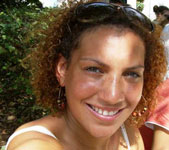 The stereotypes, be they positive or negative, are endless regarding Cuba. One immediately thinks of socialism, Salsa, cigars to die for, beautifully restored classic American cars and the iconic image of Che Guevara. These are certainly accurate but nothing can truly convey the complex nature of a nation where ‘No es fácil’ (it is not easy to live); yet the all night rumbas, deserted beaches with sun-kissed white sands, the booming art movements, the heated political discussions, and the charming and proud character of the Cuban people themselves make this country a rare find.
The stereotypes, be they positive or negative, are endless regarding Cuba. One immediately thinks of socialism, Salsa, cigars to die for, beautifully restored classic American cars and the iconic image of Che Guevara. These are certainly accurate but nothing can truly convey the complex nature of a nation where ‘No es fácil’ (it is not easy to live); yet the all night rumbas, deserted beaches with sun-kissed white sands, the booming art movements, the heated political discussions, and the charming and proud character of the Cuban people themselves make this country a rare find.
My interest in the impact of Cuban immigration on race relations in Miami developed when I read an article stating that by the year 2020 it is predicted that the Hispanic population in America will have outgrown the Caucasian community. This is already true in Miami where Latinos account for over half of the population, and over 60% of those Hispanics are Cuban. Therefore, one is essentially limiting the experience of a huge sector of Miami’s cultural life by not speaking Spanish. As a result, I decided to apply for a University of Leicester travel scholarship to visit Cuba to increase my language proficiency, enabling me to interact further with the Latino community in Miami.
Although spending 3 weeks in a country as culturally rich as Cuba is its own reward, my desire to participate in an intensive language course was based on my academic desires to further investigate race and ethnic relations. The language tutoring I had on my 3-week trip to Santiago (in southeast Cuba) emphasised speaking and listening skills but also an extensive cultural and social education programme which was beneficial to my dissertation. I also extended my trip for 10 days to visit the Cuban capital Havana and practice my freshly learnt Spanish. I spent 4 wonderful days in Havana exploring Cuba’s turbulent and complex history. And, before leaving the island, I travelled to the beach resort Varadero for much needed relaxation.

![[The University of Leicester]](../../../hi/centres/amstudies/images/unilogo.gif)
